In today’s digital age, integrating Information Technology (IT) into your small business isn’t just an option; it’s a necessity for staying competitive. This guide will explore how IT can significantly enhance your operational efficiency, reduce costs, and improve customer satisfaction, ultimately contributing to your bottom line. We aim to demystify IT and make it accessible, even if you’re not tech-savvy, ensuring you understand how to leverage technology to benefit your business.
1. Enhancing Operational Efficiency Through IT
What is Operational Efficiency?
Operational efficiency is about making your business processes as effective and streamlined as possible. IT can automate repetitive tasks, integrate data across different functions, and significantly speed up your operations.
How IT Helps:
- Automation Tools: Implement tools like QuickBooks for accounting, or Asana for project management, to automate daily tasks.
- ERP Systems: Systems like SAP Business One can integrate processes from inventory management to customer relations, ensuring a smooth workflow.
Benefits for Your Business:
You’ll notice reduced operational costs and less time spent on routine tasks, allowing you to focus on strategic growth initiatives.
2. Reducing Costs with Strategic IT Investments
Initial Costs vs. Long-Term Savings:
While setting up IT systems requires upfront investment, the long-term savings are substantial. Automating tasks reduces labor costs, digital storage cuts down on physical space needs, and streamlined operations decrease overheads.
Choosing the Right Technology:
Invest in technology that matches your specific business needs. For example, cloud-based services can reduce the need for expensive hardware and offer scalability as your business grows.
3. Mastering Data Management and Analytics
The Power of Data:
In the information age, data is gold. Effective data management and analytics can help you understand market trends, customer behavior, and operational bottlenecks.
Tools to Consider:
- Google Analytics: Track website traffic and user behavior to tailor your marketing strategies.
- CRM Software: Systems like Salesforce can gather customer data, helping you enhance service and increase retention.
4. Enhancing Customer Engagement and Experience
Building Relationships Online:
Use IT to create more touchpoints with your customers. A robust website, active social media presence, and efficient online customer service can transform your customer interactions.
Technology to Enhance Customer Experience:
- Chatbots: Provide 24/7 customer service on your website.
- E-commerce Platforms: Use Shopify or WooCommerce to streamline online shopping experiences.
5. Driving Innovation and Product Development
Staying Competitive:
IT isn’t just for management; it can also drive product innovation. Use digital tools to research, prototype, and market new products efficiently.
Tools for Innovation:
- 3D Modeling Software: Test product designs without physical prototypes.
- Market Research Tools: Utilize platforms like SurveyMonkey to gather customer feedback quickly.
6. Ensuring Security and Compliance
The Importance of IT Security:
Cybersecurity is critical for protecting your business data and maintaining customer trust. Compliance with data protection regulations is also crucial.
Implementing Security Measures:
- Antivirus Software: Essential for protecting your systems.
- Data Encryption: Secure customer transactions and data storage.
7. Using IT for Market Expansion
Reaching New Markets:
IT enables you to expand beyond local boundaries. With e-commerce and digital marketing, you can reach a global audience with minimal additional investment.
Tools for Expansion:
- Digital Marketing: Use SEO and content marketing to attract a wider audience.
- Online Marketplaces: Expand your sales channels through platforms like Amazon or eBay.
8. Facilitating Remote Work
Adapting to New Work Environments:
The ability to support remote work can widen your talent pool and reduce operational costs. IT makes it possible to maintain productivity and collaboration from anywhere.
Remote Work Technologies:
- Communication Tools: Zoom and Slack facilitate team communication.
- Cloud Services: Allow secure and flexible access to your business data.
Conclusion
Implementing the right IT strategies can transform your small business by improving efficiency, reducing costs, and enhancing customer relations. Whether you’re tech-savvy or new to digital tools, the strategic use of IT is critical in leveraging your business’s strengths and positioning it for future success. Dive into these IT strategies to not only survive but thrive in the digital economy.
Acme Service Company can help you tailor technology to maximize the strategic benefit to your company, from basic support needs to keep your business running to consulting on the technologies that can propel your business forward.

